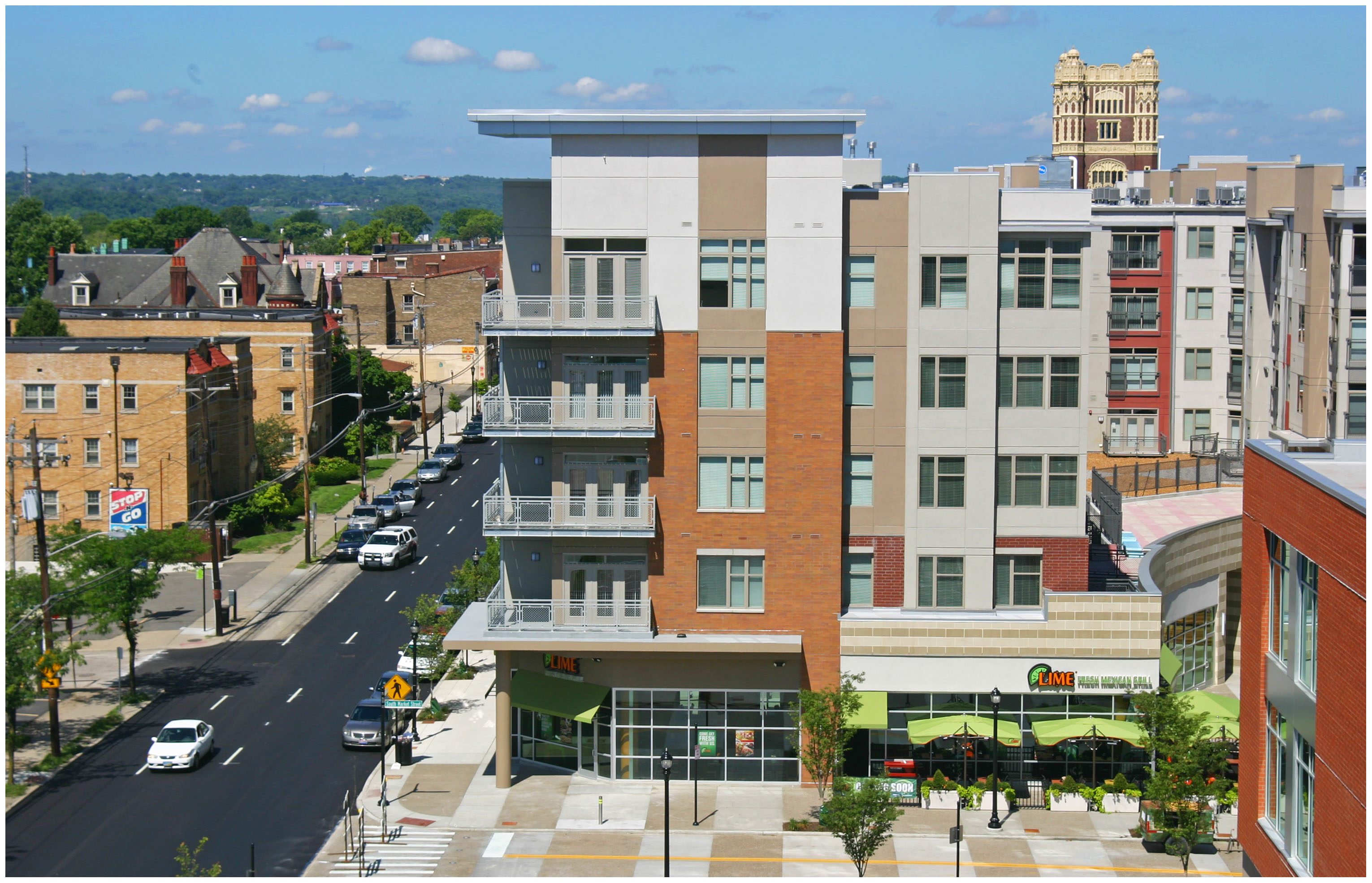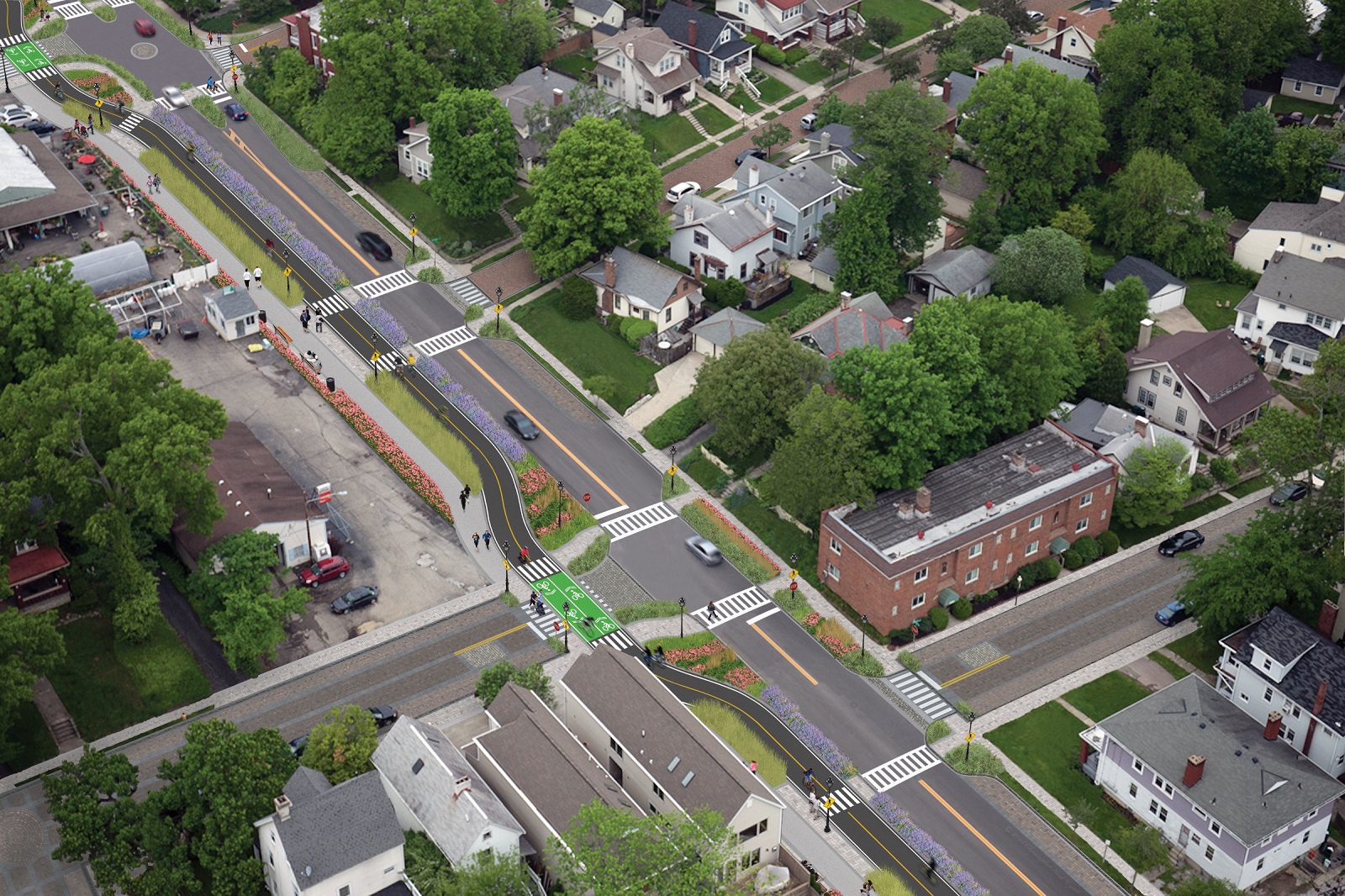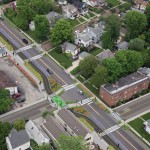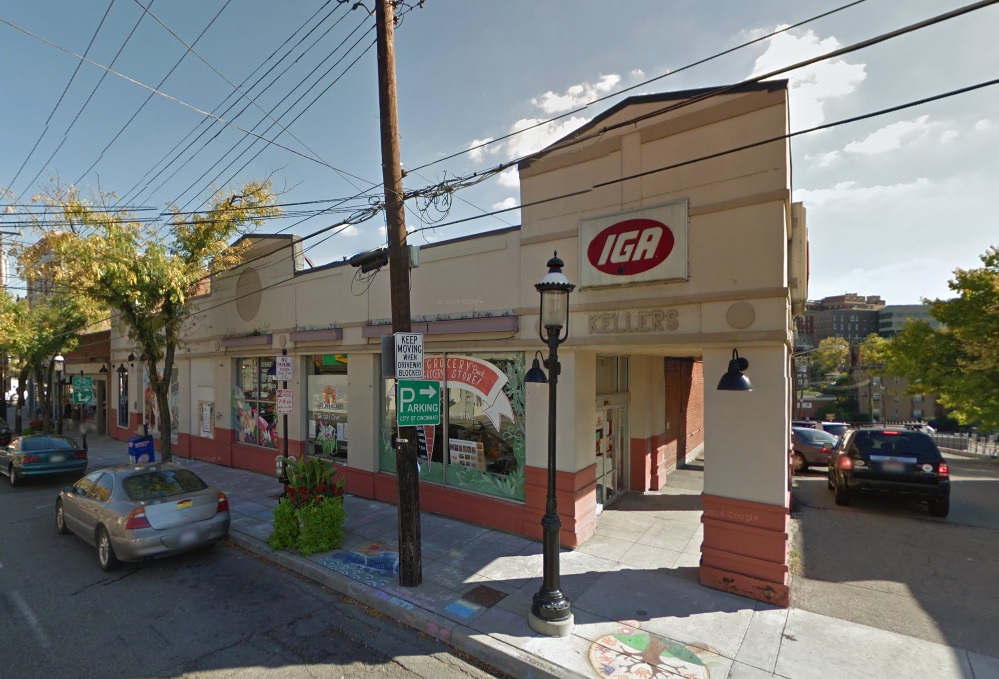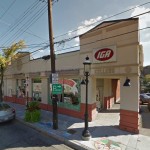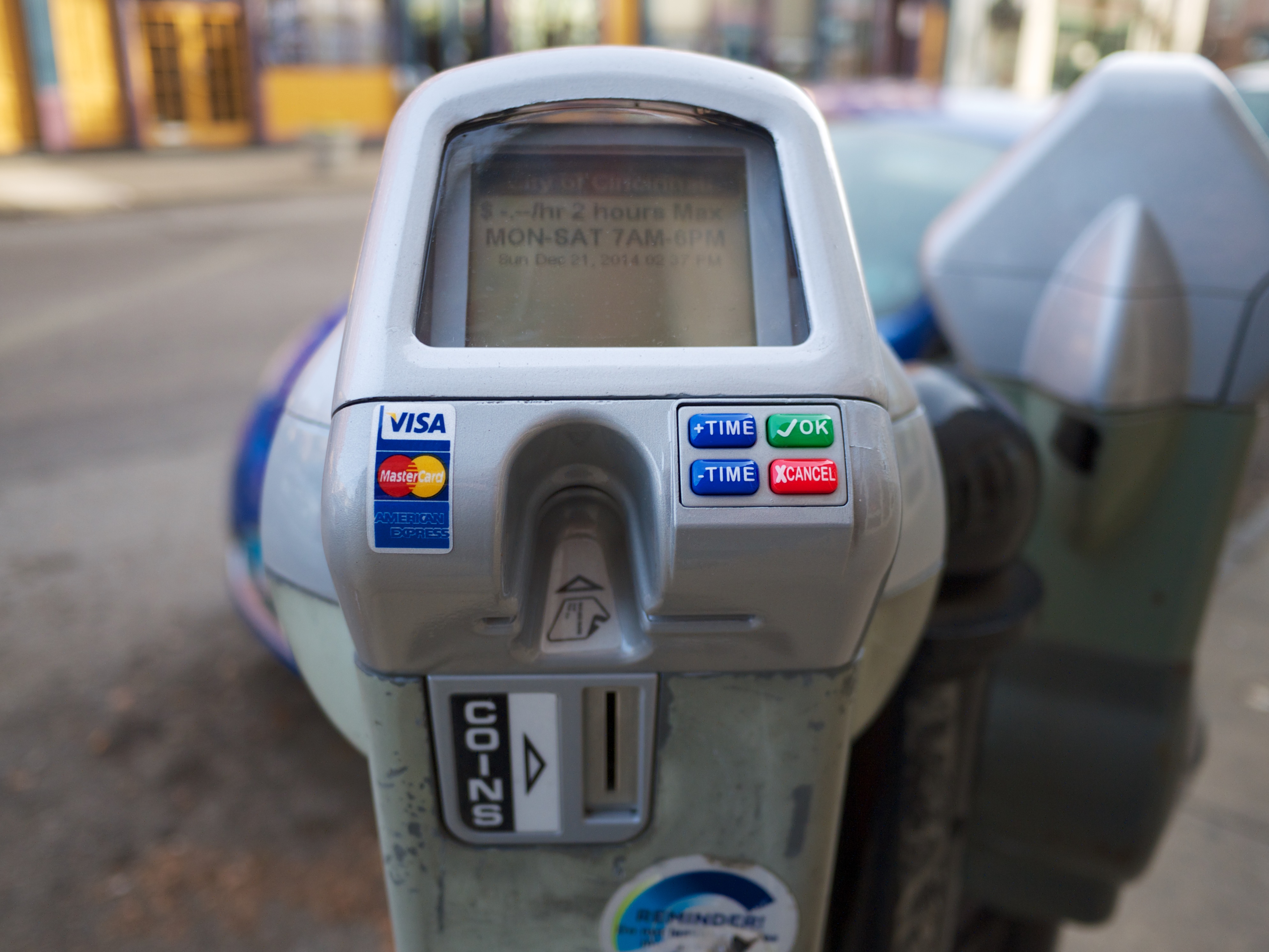Zoning. The word evokes a sense of bafflement from many people – often serving as a Rorschach test for those outside the urban planning profession. Even to experts, there are different ways to tackle the term; however, the term simply refers to the method of how municipalities regulate the usage of land and dimensional placement of buildings.
Almost every community has them, with the notable exception of Houston, and most two zoning codes are never the same.
In Cincinnati, the last time the city passed a zoning code was in the 1960’s. At that time shopping malls, office parks and subdivisions were all the rage, and the zoning code reflects it. Many zones called for large yards, two cars per dwelling unit, and large parking lots for commercial strip malls. The code was updated over time, with the last significant overhaul occurring more than a decade ago in 2004.
Since that last update, the city has undergone a renaissance that has focused on urban development in previously long-neglected neighborhoods. The current zoning code does not adequately address that change, nor does it address many emerging trends as they relate to sustainable development, bicycle infrastructure or even tiny homes.
In 2012, the City of Cincinnati undertook an effort to redesign the zoning code around the changing development patterns of the city. The code, which is referred to as the Land Development Code, is still in the early stages of drafting and review. The second draft was released in October 2014 and the Planning Department has been making changes and soliciting input in preparation for releasing the third revision.
“Incorporating public input into any draft revising the zoning code is a top priority, and we are making every effort to receive and incorporate public input prior to any draft being presented to the City Planning Commission or mayor and council,” explained Charles Graves III, Cincinnati’s Planning Director. “They will gather additional public feedback and ultimately have the final say on any changes to the Code.”
After looking through the draft code posted on the City’s website, the biggest difference is the visuals. There are plenty of diagrams and drawings that assist with interpreting the code. Aside from that, here is a breakdown of a few major issues the new Land Development Code could potentially address:
Lot Sizes
Lot sizes generally will remain the same for all residential zones; however, there are some proposed changes to mixed commercial zones and other zones. The Planning Department is considering the concept of tiny houses, something UrbanCincy hosted a forum on in 2014, and is a media partner on with to Bradley Cooper’s effort to construct Tiny Houses in Over-the-Rhine.
“There is the opportunity to write some language in the draft Code that would permit the newer concept of tiny house; however, we are seeking input from the public and developers,” Graves said.
Parking
Parking regulations have been revised after consultants made recommendations to the department, but planning staff decided to delve deeper into the issue as parking regulations can be a complex balance between the needs of developers, the surrounding community and other variables. The department has assembled a parking and zoning working group to study best practices from around the country and analyze what works best for the City to use in the update.
Bicycle Parking
Bicycle parking is already required in new private and city-owned parking garages, but it is not generally required for other development. The current draft code calls for a minimum number of bicycle parking spaces for multi-family residential development, commercial, industrial and public development, but Graves told UrbanCincy that his staff is reviewing and having discussions regarding bicycle parking as part of the working group.
Administrative Changes
One of the Planning Department’s main goals in this effort is to allow for an easier and more streamlined permitting process. A part of this is creating something called minor variances that can be approved by a newly created Zoning Administrator position. Minor variances would not need to go through the entire hearings examiner process, which would reduce the wait time for minor and non-controversial variances by weeks. Other initiatives have been proposed by the City Manager Harry Black, which could occur outside the code which could streamline the processes related to permitting and plan review.
Other things such as incorporating green development and sustainability practices into the code are being evaluated in the “light impact development” chapter; however, these items are still being discussed by the staff and their consultants. Planning staff has indicated that they do not have a set date for the release of the third review draft because it is still a work in progress.
“In order to ensure adequate and thorough input there will be plenty of time given for a third public review period once that point is reached,” Graves said.
Public comment is still welcome for review of the second draft code which is available on the City Planning Department website.
